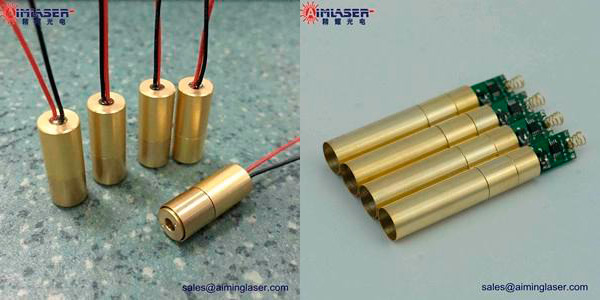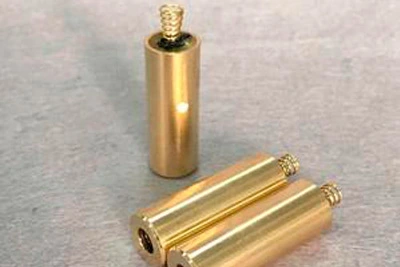Currently, brain imaging methods that are common in many medical Settings often face a number of challenges: some are invasive, others can contain harmful radiation, and many are difficult to use. Researchers are developing a non-invasive method to measure blood flow to the brain using infrared spectroscopy. These include a new paper fluorescence tool that can image brain activity in 3D; And a wearable cap with a built-in infrared laser that even babies can wear to detect brain damage.

Measuring cerebral blood flow is important for diagnosing stroke and predicting subarachnoid hemorrhage or secondary injury after traumatic brain injury. Doctors who provide neuro-intensive care also want to monitor a patient's recovery by imaging brain blood flow and oxygenation. Functional interference diffusion spectroscopy, a non-invasive method currently being developed, uses near-infrared light to measure blood flow in the brain. This method is used to assess brain damage at a lower cost than MRI and CT scanners. The researchers found they could use the new technique to measure blood flow below the surface faster and deeper than existing light-based techniques. They could measure the pulsation of blood flow in the brain, as well as the changes when volunteers were given a slight increase in carbon dioxide.
Photoluminescence imaging shows the prospect of 3d brain activity imaging at high speed and contrast.In this technique, a thin laser beam (plate of light) passes directly through a specialized area of brain tissue, and a fluorescent activity reporter in the brain responds by emitting a fluorescent signal that can be detected under a microscope. Scanning thin slices of tissue allows high-speed, high-contrast, volumeimaging of brain activity. Currently, fluorescent brain imaging using light slices from opaque organisms like mice is difficult because of the size of the necessary instruments. To conduct experiments on opaque animals, as well as on future animals that can move around freely, researchers first needed to miniaturize many of the components.
Researchers have developed a tiny light-plate generator or photon nerve probe that can be implanted into the brains of living animals. When tested in brain tissue from mice that had been genetically engineered to express the fluorescent protein in their brains, the researchers were able to image regions as large as 240 μm by 490 μm. In addition, the contrast level of the images was better than that of another imaging method called epifluorescence microscope. "This new implantable photonic neurodetection technique generates light plates in the brain, bypassing many of the limitations that limit the use of light-plate fluorescence imaging in experimental neuroscience," the researchers said. We predict that this technology will lead to new variants of light-plate microscopy for deep brain imaging and behavioral experiments in free-moving animals."
There are currently no medical tools that can create a harmless, real-time, constantly moving image of a newborn's fragile brain. MRI scans can provide an accurate picture of the body in adults, but their use in infants has drawbacks, including the need for patients to remain still during the procedure. Researchers have developed a new wearable device that could be a major advance. The team put infrared lasers into small cloth caps that babies can wear. Combined with ultrasonic pulses, scientists send harmless signals to a child's brain. It works almost like an ultrasound scan but uses light to provide more information, more detailed images and higher resolution.
